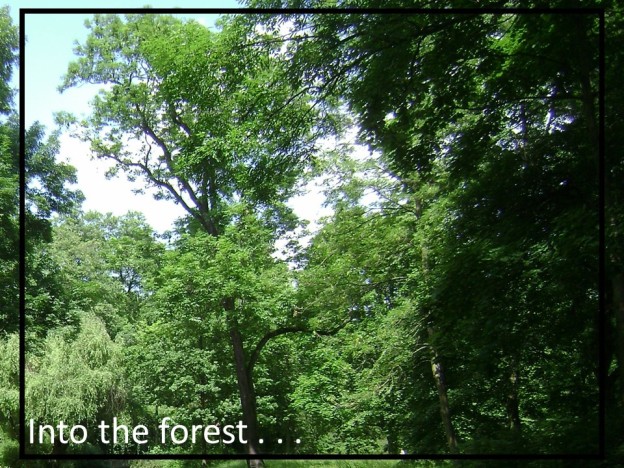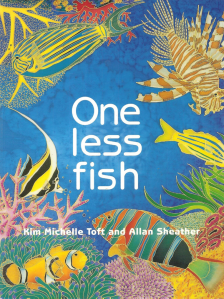This week at the Carrot Ranch, Charli Mills challenged writers to In 99 words (no more, no less) write a fish tale. It can be about fishing from any angle, about those who fish, or what might be caught. Go where the prompt leads.
I cast my net hoping to catch an idea.
Would I share some fish-themed picture books? For example:

The Little Fish that Got Away, written by Bernadine Cook and illustrated by Crockett Johnson

One Fish Two Fish Red Fish Blue Fish, by Dr. Seuss

The Rainbow Fish, by Marcus Pfister
Would I consider rhyming words?
dish
fish
squish
swish
wish

Perhaps a childhood skipping game?
Fish, Fish,
Come into the dish.
Fish, Fish,
Turn around in the dish.
Fish, Fish,
Touch the bottom of the dish.
Fish Fish, run out of the dish.

Fishy sayings?

Sounds or smells fishy
A fish out of water
A dead fish handshake
Fell for it, hook, line and sinker
Plenty of fish in the ocean
Or maybe a childhood story?
When I was a child, my father fished a lot in his spare time. As well as being a cheap way of feeding his large family, he probably enjoyed getting out on the water in his rowboat for some peace. When the fishing was good, it could be on the menu twice a day, seven days a week. Exaggerations, maybe, but sometimes it seemed that way.
I did accompany him once. Neither of us caught anything edible. I caught a knotty eel, a tiny trumpeter and a desire to never go fishing again. I never have. Catching words is much more to my taste.
For my response to Charli’s prompt, I have gone with a story from my childhood. It incorporates some of the ideas that got caught in the net. I hope you like it.
Reeling in the fishermen
She sat by the window watching as the invisible painter coloured the morning sky. These moments lost in waking dreams, with the youngest of her brood suckling quietly, were precious. Slamming car doors and laughter interrupted the silence but not her thoughts. An occasional word invaded her consciousness…haul, fishing, catch. Wait—her man, a fisherman, was home. The night was not conducive to fishing. She leaned forward. Two dark figures unloaded a ute. They had neither lines nor nets, and it sure wasn’t fish in those boxes. “Fisherman, eh?” she thought as she dialled the local police. “You’re hooked.”

Thank you for reading. I appreciate your feedback. Please share your thoughts.














 Welcome to my stop on the Rough Writers Tour Around the World as we launch the first flash fiction anthology from the
Welcome to my stop on the Rough Writers Tour Around the World as we launch the first flash fiction anthology from the 







